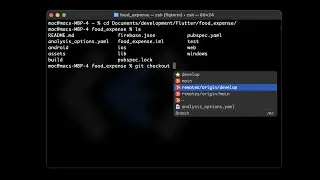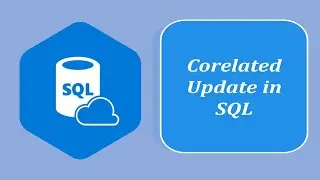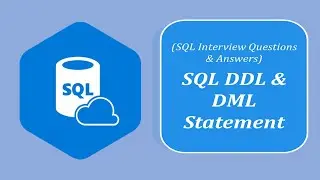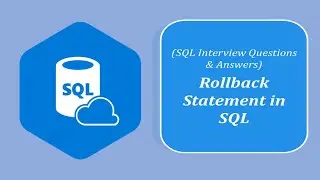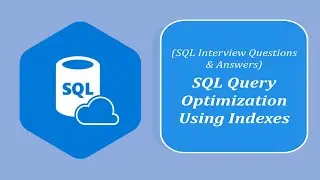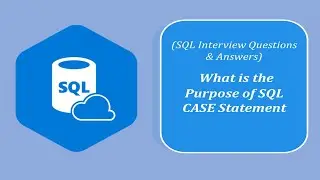SQL Interview Questions and Answers | How does SQL Injection Attack Work and how can it be prevented
*SQL injection* is a type of cybersecurity attack that occurs when an attacker inserts malicious SQL code into an application's input fields, such as search boxes or user login forms, with the intent to manipulate a database. SQL injection attacks can have serious consequences, including unauthorized access to data, data theft, data manipulation, and even the potential to compromise the security of an entire system. Here's how SQL injection attacks work and how to prevent them:
*How SQL Injection Works:*
1. *User Input:* SQL injection attacks often start with an application that accepts user input without proper validation or sanitization. This input is typically expected to be included in SQL queries.
2. *Malicious Input:* An attacker enters malicious SQL code into the input fields, exploiting the application's failure to validate or sanitize user input.
3. *Injection:* The attacker's input is included directly in the SQL query sent to the database. This malicious code is executed by the database as part of the query, allowing the attacker to manipulate the query's logic.
4. *Data Extraction or Modification:* Depending on the attacker's goals, they can extract, modify, or delete data from the database. For example, they might retrieve sensitive information, gain unauthorized access to user accounts, or alter data records.
*Preventing SQL Injection:*
To protect your applications from SQL injection attacks, consider the following security best practices:
1. *Input Validation:* Validate and sanitize all user inputs, ensuring that they adhere to expected formats and reject any inputs containing special characters or SQL commands.
2. *Parameterized Statements:* Use parameterized queries or prepared statements provided by your database management system (DBMS) or application framework. Parameterization separates SQL code from user input and automatically escapes or sanitizes input data.
3. *Stored Procedures:* Whenever possible, use stored procedures to encapsulate SQL logic within the database itself. This limits the risk of SQL injection by not allowing direct manipulation of SQL statements.
4. *Least Privilege:* Implement the principle of least privilege, ensuring that your application's database connection has only the necessary permissions to perform its tasks. Avoid using a superuser or admin account for application-level tasks.
5. *Web Application Firewall (WAF):* Implement a Web Application Firewall to detect and block known SQL injection patterns and malicious requests.
6. *Security Updates:* Keep your database management system, application server, and web application frameworks up to date to ensure you're protected against known vulnerabilities.
7. *Error Handling:* Customize error messages returned to users to avoid exposing sensitive information about your database schema or structure in case of an error.
8. *Input Encoding:* Apply input encoding to transform special characters into their respective HTML entities, ensuring that the data is treated as plain text and not executable code.
9. *Penetration Testing:* Regularly perform penetration testing and security assessments to identify and fix vulnerabilities in your application.
10. *Education and Training:* Educate your development and IT teams about the risks of SQL injection and best practices for preventing it.
Preventing SQL injection attacks is crucial for maintaining the security and integrity of your applications and databases. By implementing proper security measures and following best practices, you can reduce the risk of SQL injection vulnerabilities and safeguard your systems from potential attacks.
#sql







